Step into the harvest-filled world of pumpkin coloring pages, where the beauty of autumn takes center stage. Plus, there’s a built in lesson to learn about them while you’re at it. Regardless of your artistic expertise, these coloring sheets provide a canvas for your imagination to unfold. From a basic pumpkin outline, to cheerful depictions of Jack-o’-lanterns, there are coloring pages of pumpkins suited for every creative endeavor.
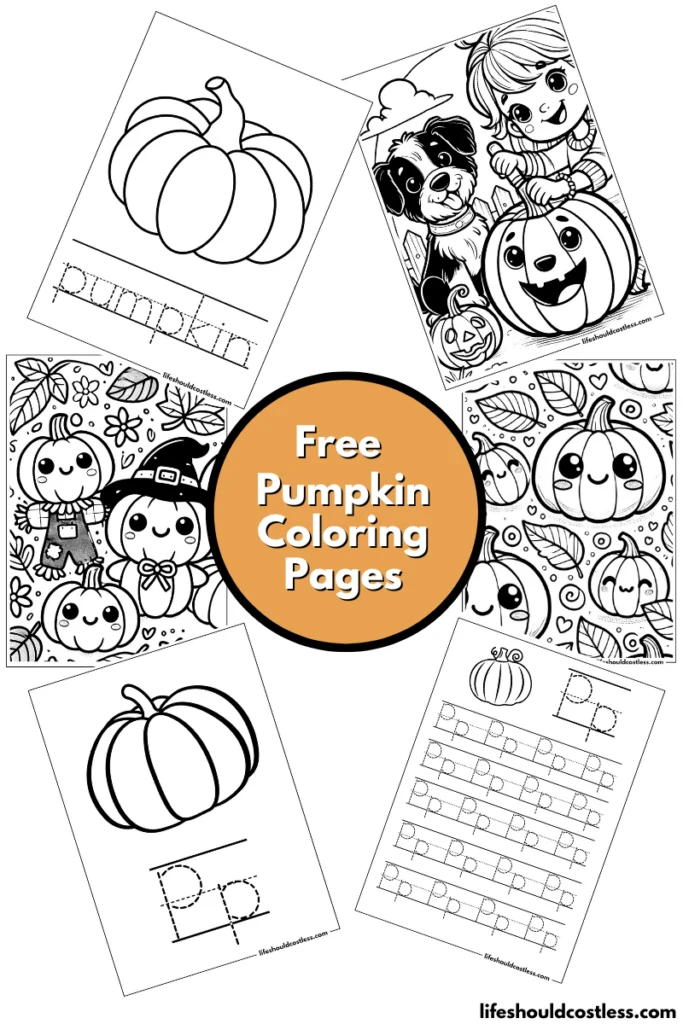
Feel free to select the design that resonates with you the most. Once you’ve made your choice, you can easily save the complimentary PDF template.
From there, you have the option to print it and indulge in coloring to your heart’s delight.
Alternatively, these designs can serve as splendid sources of inspiration for both embroidery patterns and exquisitely detailed fine line tattoos.
Pumpkin Facts
For those who are new to my coloring pages, it’s important to note that I provide you with the opportunity to explore and understand the subject matter.
This enables you to seamlessly transform your coloring activity into an educational experience.
Here are several interesting facts about pumpkins:
- Ancient Origins: Pumpkins belong to the gourd family and have been cultivated for over 7,000 years. They originated in Central America.
- Versatile Sizes: Pumpkins come in various sizes, ranging from small ones like “Jack Be Little” which are around 3 inches (7.6 cm) in diameter, to giants like the world record-holding pumpkin weighing over 2,600 pounds (1,179 kg).
- Healthful Nutrients: Pumpkins are a rich source of vitamins and minerals. They are high in beta-carotene, which the body converts to vitamin A. This supports vision health and the immune system.
- Edible Seeds: Pumpkin seeds, also known as pepitas, are edible and nutritious. They are a good source of protein, healthy fats, and minerals like magnesium and zinc.
- Flower to Fruit: Pumpkin flowers are also edible and used in various cuisines. The flowers eventually give way to the fruit as they transform into pumpkins.
- Culinary Delights: Pumpkins are used in a variety of dishes, from soups and pies to risottos and curries. The pumpkin spice trend has popularized its use in beverages and desserts.
- Record-Breaking Growth: Pumpkins are known for their rapid growth. Under ideal conditions, a pumpkin can grow by 2 inches (5 cm) in a single day.
- Symbol of Fall: Pumpkins are closely associated with the fall season, particularly in the United States, where they are often carved into Jack-o’-lanterns for Halloween.
- Diverse Colors: While orange is the most common color for pumpkins, they can also be found in shades of white, green, yellow, and even blue.
- Hardy Plants: Pumpkin vines are hardy and can grow in various climates. They are often used for ground cover due to their rapid growth and extensive foliage.
- Pollination Process: Pumpkin plants have both male and female flowers. Bees play a crucial role in pollinating them, leading to the development of the fruit.
- Global Production: China is the largest producer of pumpkins, followed by India and Russia. The United States also has a significant pumpkin production, with Illinois being the leading state.
- Cultural Significance: Pumpkins hold cultural significance beyond cuisine. They are used in festivals, decorations, and even as containers for beverages in some cultures.
- Folklore and Legend: The legend of “Jack of the Lantern” is said to have inspired the tradition of carving pumpkins into Jack-o’-lanterns for Halloween.
- Long Shelf Life: Pumpkins have a relatively long shelf life. Properly stored, they can last for several weeks, making them a staple for fall and winter cooking.
These fascinating facts showcase the diverse and intriguing nature of pumpkins, making them much more than just a seasonal decoration or ingredient.
We learned a lot, but if you would like to do some more reading about pumpkins, here are some other good resources to learn about them:
- https://www.goodhousekeeping.com/holidays/halloween-ideas/a37911376/pumpkin-color-meaning/
- https://www.almanac.com/plant/pumpkins
- https://en.wikipedia.org/wiki/Pumpkin
- https://www.bathgardencenter.com/post/the-weird-and-warty-fall-pumpkins-and-gourds
- To see all of my free printables, go here.
- If you would like to see my index of free printable coloring pages, go here!
- All of my botanicals coloring pages are found here.
- Or, my other fruits coloring pages can be found here.
- To see all of my holiday/seasonal coloring pages, go here.
- To see all of my fall/autumn coloring pages, go here.
Tips for coloring
Here are some of my best tips and tricks when coloring pumpkins:
- Choose Your Palette: Consider the colors you want to use. While orange is traditional, pumpkins can come in various shades, and the background and surroundings can influence your color choices.
- Layering Techniques: To achieve depth and richness in your coloring, use layering techniques. Start with lighter shades and gradually build up with darker ones.
- Texture Emulation: Pumpkins have a textured surface. Mimic this texture by using small, gentle strokes or dots to create a sense of dimensionality.
- Highlight and Shadow: Add highlights with lighter shades and shadows with slightly darker ones. This will give your pumpkin a three-dimensional appearance.
- Blending Techniques: Experiment with blending techniques like hatching, cross-hatching, and stippling to create smoother color transitions and a polished look.
- Color Variations: Introduce subtle color variations within the same color family to capture the natural imperfections and variations found on pumpkin surfaces.
- Background Consideration: Think about the background of your picture. A contrasting background can make the pumpkin stand out, while a harmonious background can create a serene scene.
- Color Contrast: Use complementary colors to create visual interest. For instance, a blue-green background can make an orange pumpkin pop.
- Reference Images: If you’re unsure about the colors or details, refer to photographs of real pumpkins to observe how light interacts with their surfaces.
- Experiment with Tools: Depending on your preferences, use colored pencils, markers, or watercolors. Each medium offers different effects and textures.
- Start Light: Begin with lighter colors and gradually work your way to darker tones. This gives you more control over the intensity of the colors.
- Practice Blending: Blending is key to achieving a smooth and professional finish. Practice blending techniques on a separate piece of paper before applying them to your pumpkin coloring.
- Highlight Reflections: Add small spots of white or a lighter shade of your chosen color to mimic reflections and add a touch of realism.
- Try Different Textures: Experiment with different textures for the pumpkin’s skin, stem, and surrounding elements. You could combine smooth shading with rougher strokes for variety.
- Embrace Creativity: While realism is one approach, don’t be afraid to get creative. You can use unconventional colors, patterns, or even add imaginative elements to your pumpkin scene.
Remember that coloring is a personal expression, so enjoy the process and let your creativity flow.
Whether you’re aiming for a lifelike depiction or a whimsical interpretation, have fun bringing your pumpkin artwork to life!
Options For Printing:
Letter P is for pumpkin worksheets
*My letter P is for pumpkin coloring sheet printables are exclusively crafted for classroom use.
Unlike other printables on this page, they do not require written permission for public usage.
Kindly share the link to this post if anyone inquires about their source. Your cooperation is greatly appreciated!
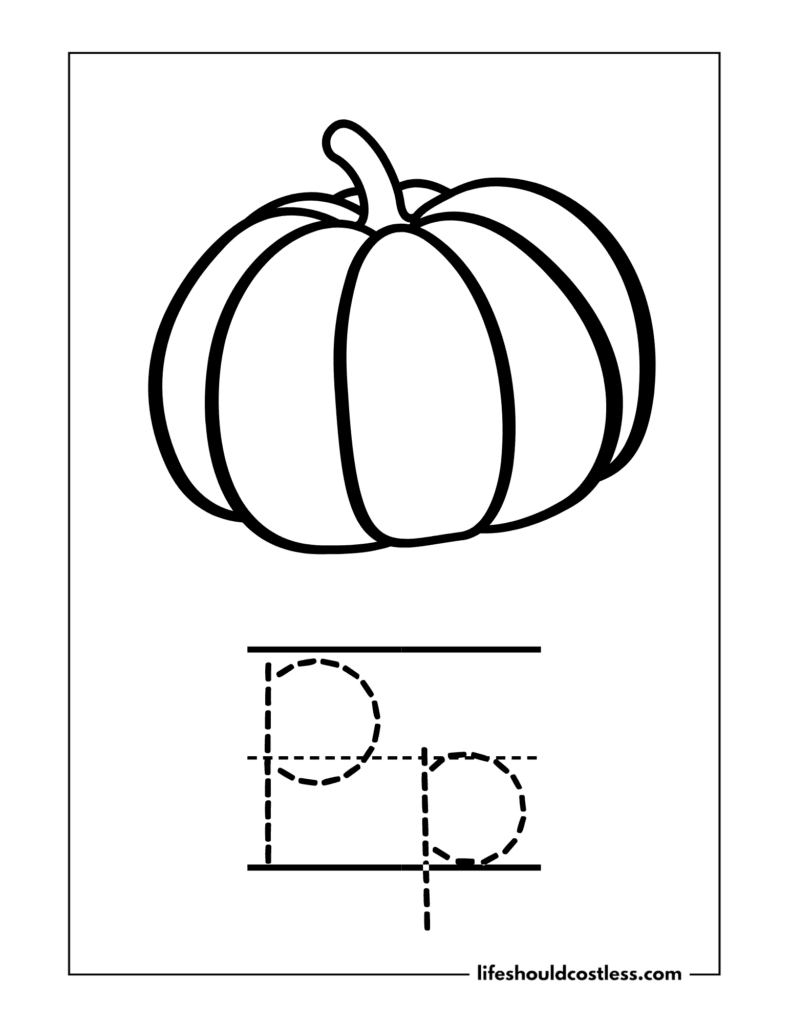


Various Pumpkin Designs
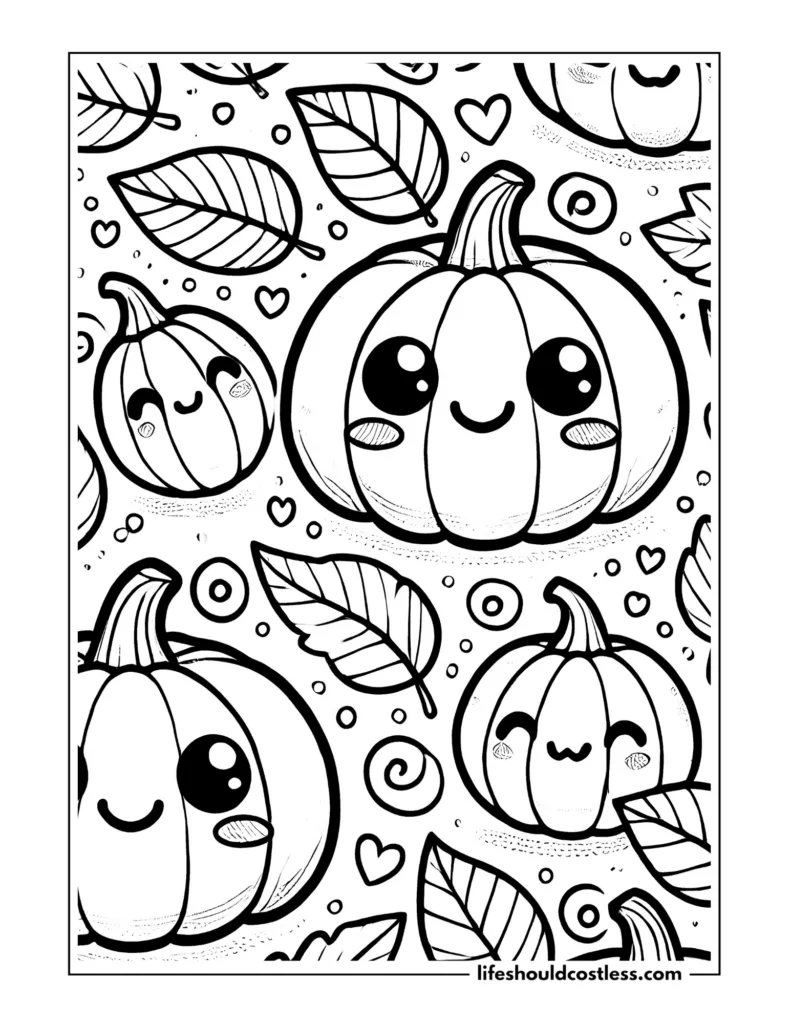
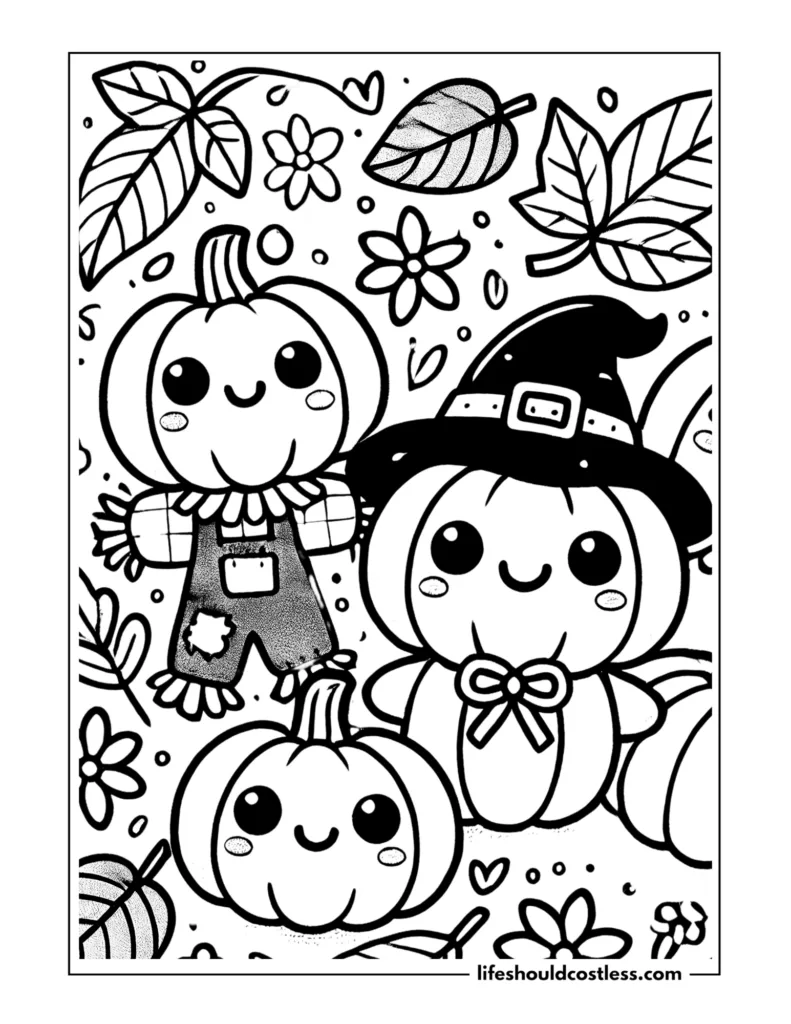
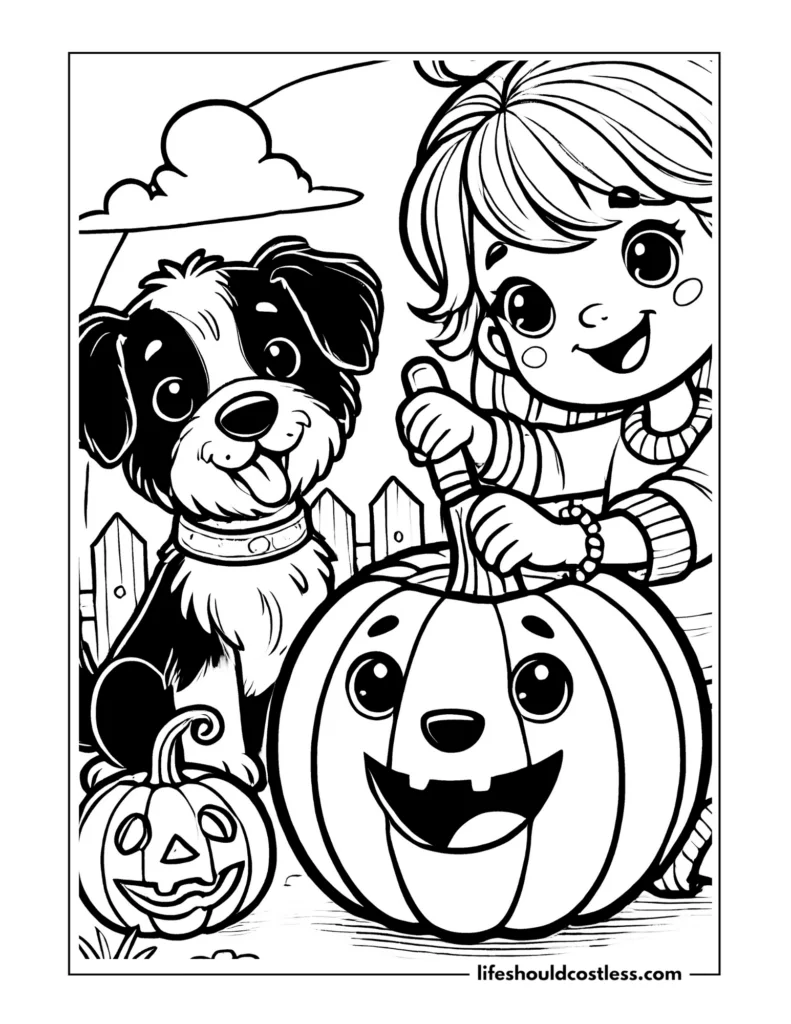
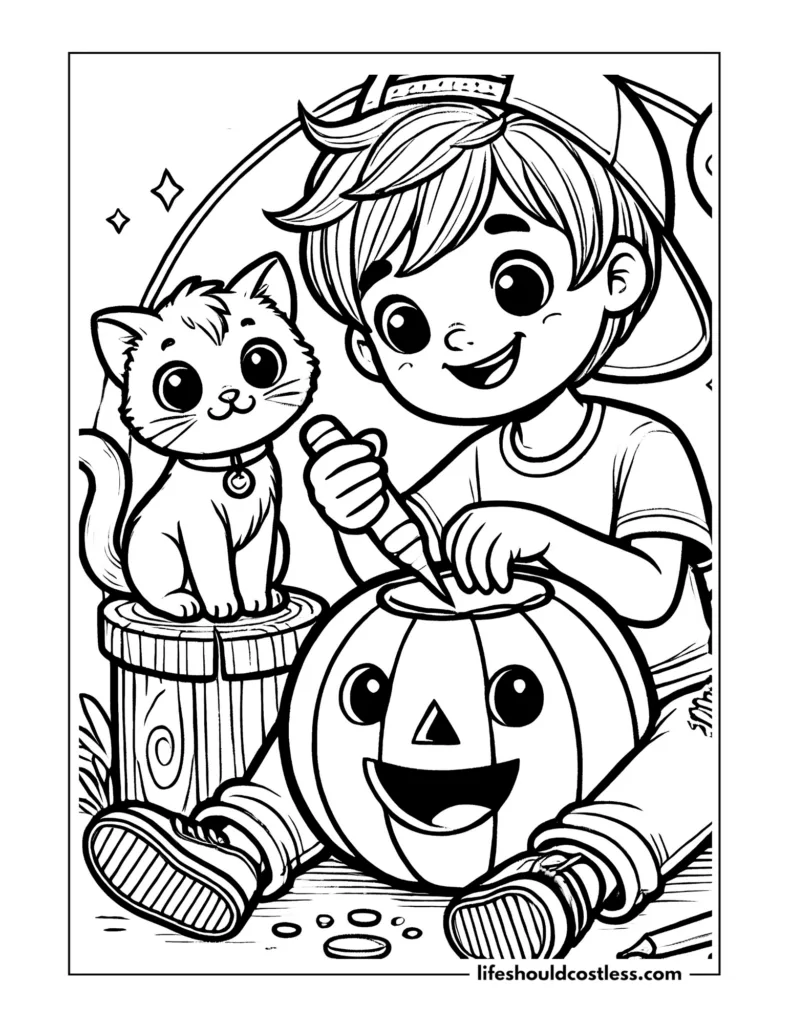
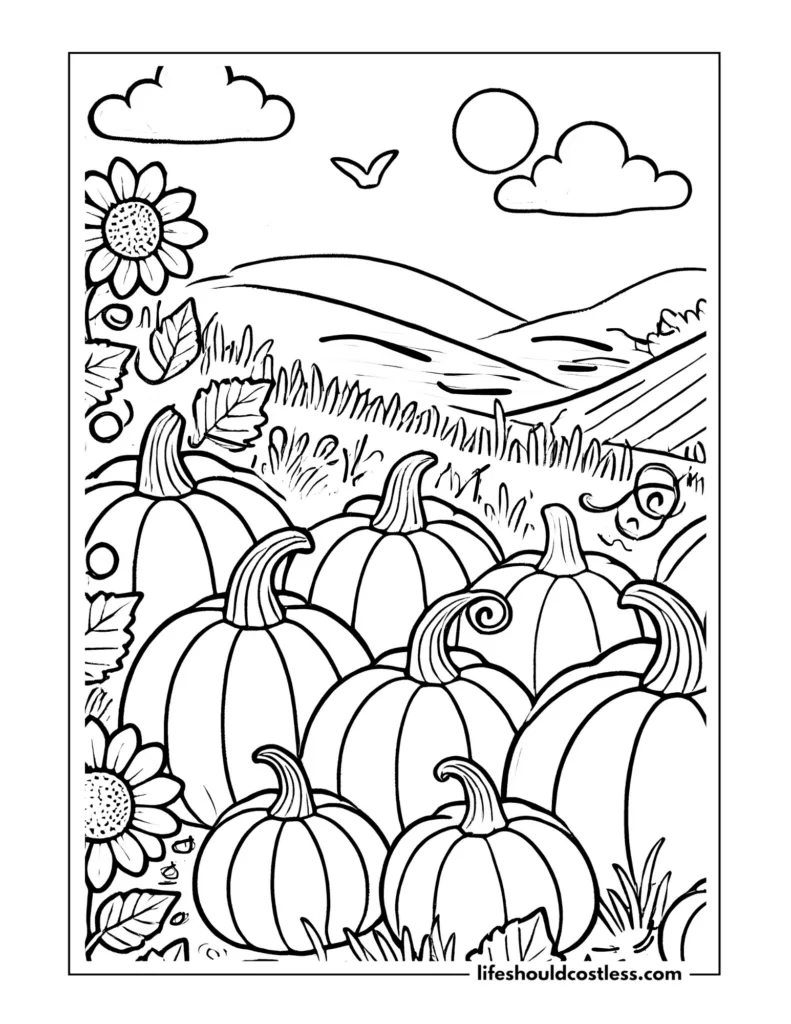
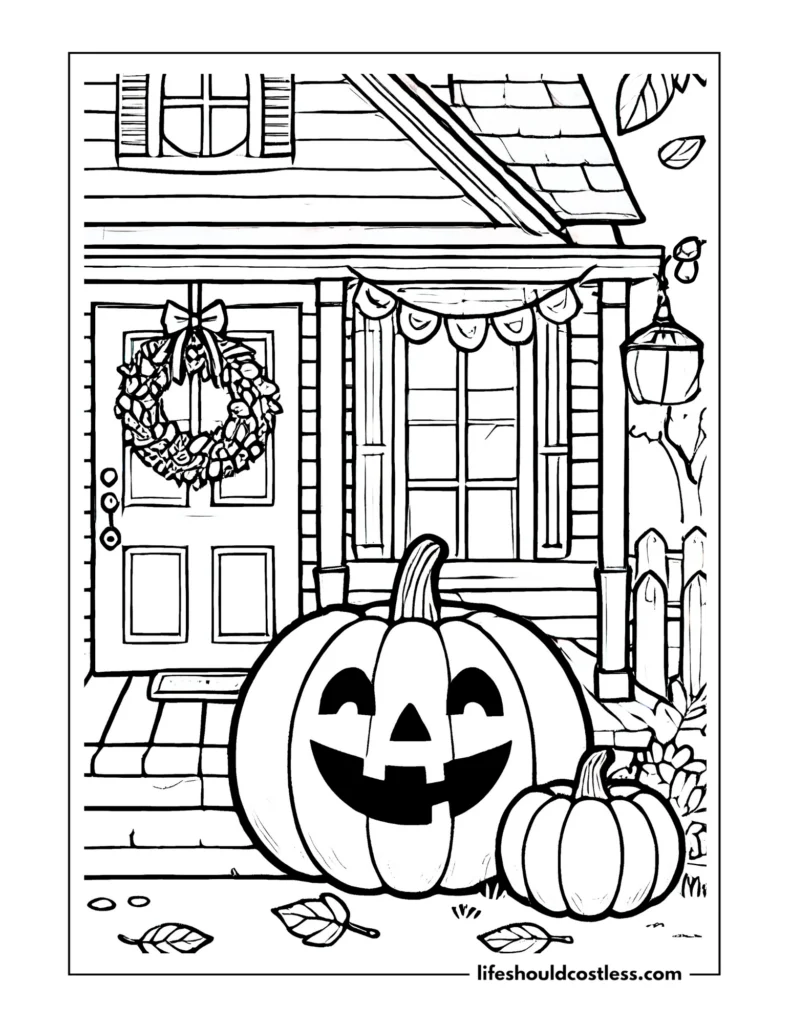
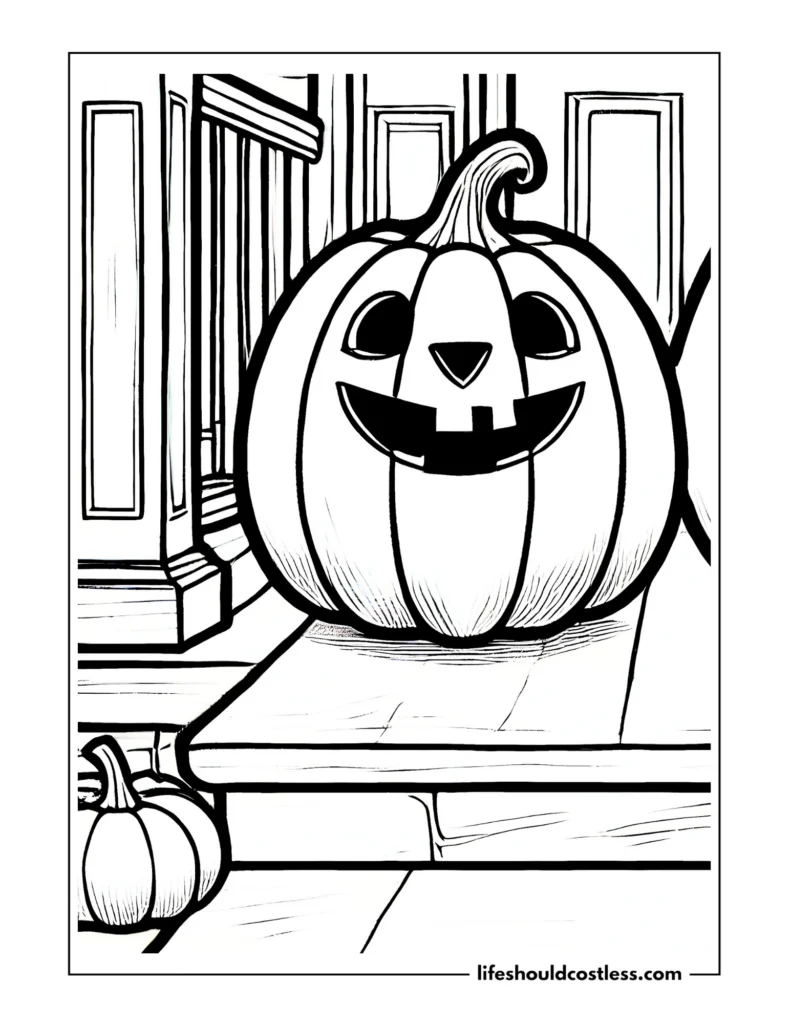
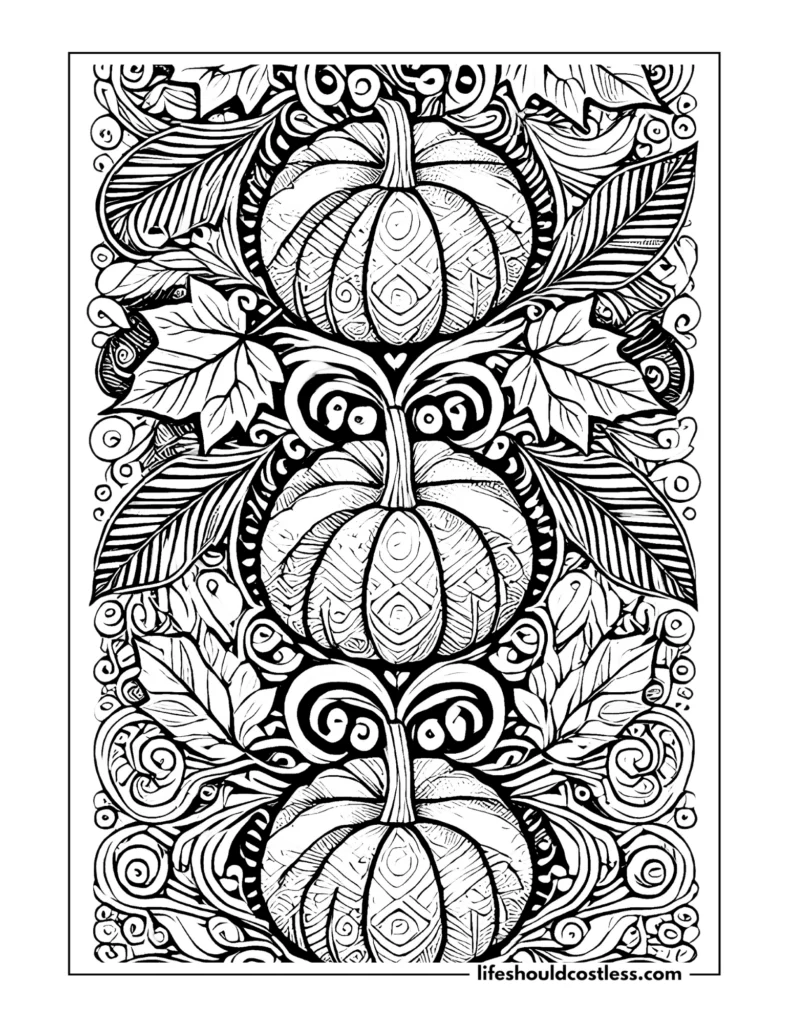
FAQ’s
Pumpkins come in a range of colors beyond the traditional orange. Some common pumpkin colors include:
Orange: This is the classic color associated with pumpkins and is the most widely recognized.
Yellow: Pumpkins can also have a bright, sunny yellow color, which adds a cheerful touch.
White: White pumpkins, also known as ghost pumpkins, have become increasingly popular in recent years. They offer a more elegant and contemporary look.
Green: Some pumpkins, particularly young or unripe ones, may have a green color. These pumpkins often turn orange as they mature.
Red: While less common, some pumpkin varieties exhibit a reddish hue. These pumpkins can add a unique and eye-catching element to displays.
Blue: Although rare, blue pumpkins with a bluish-gray hue exist. They are prized for their unique and uncommon appearance.
Tan/Brown: Certain pumpkin varieties have a tan or brown color, which gives them a rustic and earthy aesthetic.
It’s important to note that the color of a pumpkin can vary depending on its variety, ripeness, and growing conditions. These colors add diversity and visual interest when used in decorations, carving, or culinary applications.
* I will add more pumpkin colour / color questions as they get sent to me.
In conclusion, pumpkin coloring pages provide a delightful avenue for both relaxation and creative expression.
As you immerse yourself in the artistry of these autumnal templates, you can appreciate the beauty of pumpkins in all their forms.
Whether you prefer the intricacy of detailed designs or the simplicity of a smiling Jack-o’-lantern, these coloring pages offer a therapeutic escape and a chance to bring your own unique vision to life.
So grab your favorite coloring tools, embrace the warmth of autumn, and let your imagination flourish as you embark on a colorful journey through the enchanting world of color sheets of pumpkins
Thanks so much for stopping by my blog and supporting my endeavors to make people’s lives a little easier/better/more affordable.
If you liked this post, or found it helpful in any way, please make sure to share it with your family, friends, and co-workers via social media.
Or you could even send them the direct link via email. Whichever way you choose to spread the love, I super appreciate it! ~Sarah
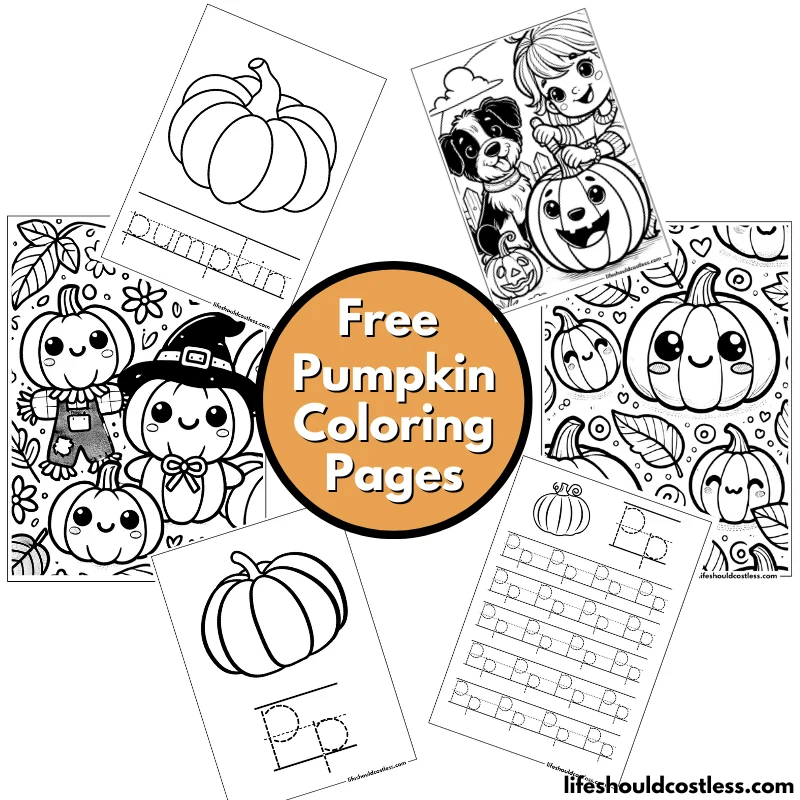
How To Follow & Support This Site
- If you would like to subscribe to my email list, go here.
- Make sure to follow along via social media, by going here.
- If you would like to learn how to really show your support to this site (at no cost to you), go here.
- If you would like to make a direct donation to the site, go here.
Check out my other free printables
- To see all of my free printables, go here.
- If you would like to see my index of free printable coloring pages, go here!
- All of my botanicals coloring pages are found here.
- Or, my other fruits coloring pages can be found here.
- To see all of my holiday/seasonal coloring pages, go here.
- To see all of my fall/autumn coloring pages, go here.
Otherwise, here are direct links to several of my other related content that you’re also going to love:
Fall Coloring Pages
Halloween
Thanksgiving
Botanicals / Fruits
*This post was originally shared to this blog on 05/11/2023, and has since been updated to improve user experience, possibly add video instruction, as well as to make it as shareable as possible across the social medias.
**Please note that I do try my hardest to provide factual, but easy to understand, information about each topic. If you notice a discrepancy in my coloring pages, facts, or see something that you deem “misinformation/incorrect” please make sure to notify me about it. I would prefer that you send me an email with a link to a more reputable resource on that subject, so that I can correct it as soon as possible. Thanks so much for helping this site become the best that it can be!
***Resources from djinkers were used in the production of this article.
*Please note that some of my coloring pages contain AI created images. I am in no way claiming them as my own work or creation. Any similar content out there is purely accidental and should be treated as such. These coloring sheets are made purely for free downloadable enjoyment for personal or classroom use only.
